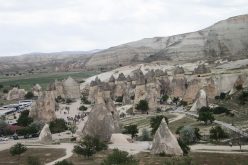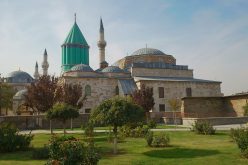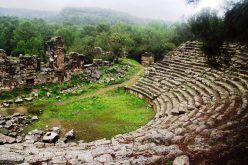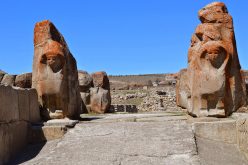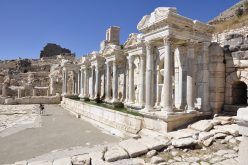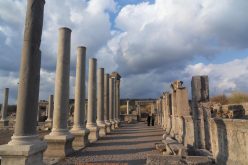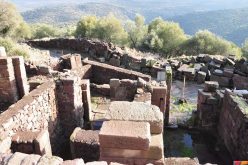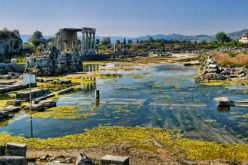Myra
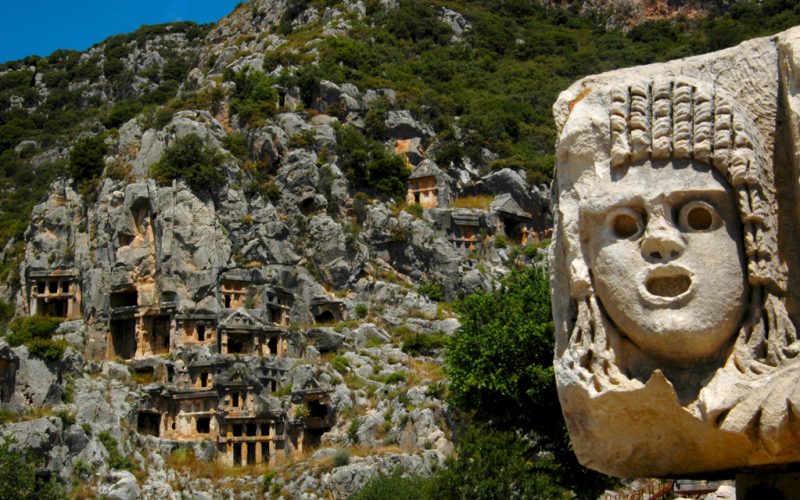
Myra
Myra, Demre, also known as Kale, is the current name of the ancient town of Myra, metropolis of Lycia in the early Christian times. It has the most beautiful Greco-Roman and Lycian ruins of the region. Myra was one of the six most important cities of ancient Lycia, along with Xanthos, Patara, Olympos, Pinara, and Tlos. However, it is believed to date back much further, as an outer defensive wall has been dated to the 5th century BC. In the 4th century AD, Myra was the capital of the Roman province of Lycia. The city continued developing but eventually it declined due to Muslim incursions into Anatolia in addition to natural disasters such as earthquakes and flooding.
The ruins of the ancient city of Myra consist of an impressive necropolis including tombs of rulers and family members and an adjacent large Roman amphitheatre with 35 consecutive rows of seats. The facade of the amphitheatre was richly decorated with theatrical masks and mythological scenes. To the west of the theatre, the steep cliff is honeycombed with closely packed rock-cut tombs. The temple of Arthemis Eleutheria, Myra’s protective goddess, was one of the most appreciated structures of the area. It is said to be the Lycia’s most wonderful building but it was completely destroyed by an order of Saint Nicholas, who wanted to wipe out paganism in the region.
Saint Nicholas, born during the 3rd century in nearby Patara, was the bishop of Myra in the 4th century. He became famous for his charitable nature and for miraculously curing diseases; his kind character became the inspiration for the development of the modern Santa Claus. He died December 6, 343 in Myra and was buried in his cathedral church. His mortal remains, before being smuggled to Bari, in Italy, used to be held in the Church of St. Nicholas. The earliest church of St. Nicholas was built in the 6th century, supposedly over St. Nicholas’ tomb. Later it was rebuilt; the present church is from the 9th century. It was further rebuilt in 1042 under the patronage of Constantine X and a monastery was added at that time or shortly after. The church became a popular pilgrimage center after his death during all subsequent periods, even after the remains of St. Nicholas were stolen. The church currently serves as the Santa Claus Museum.
Saint Nicholas is honored in many religions and is the most revered saint in the Russian Orthodox Christian tradition. He also became the patron of children, sailors, merchants, bankers, travelers, scholars and students. St. Nicholas was so widely revered that thousands of churches were named for him.
Related Articles
Write a Comment
Only registered users can comment.




